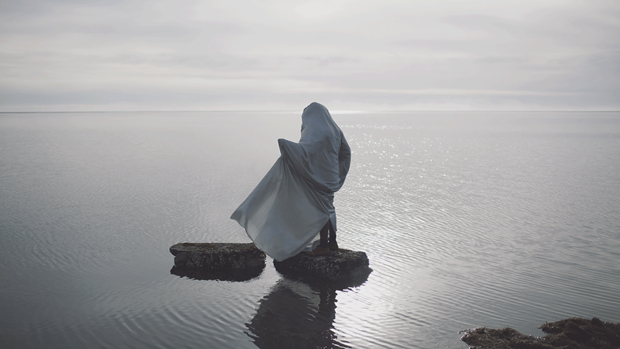
Is the GIF a good fit for fine-art photography?
US photo duo's new series uses the image format to explore new ground between still and motion pictures
Just as colour photography took a while to transfer from the Box Brownies of amateurs to the Leicas and Nikons of fine-art photographers such as Stephen Shore, Steve McCurry and Joel Meyerowitz, so has the GIF, or Graphics Interchange Format, progressed from the chosen format for eye-bleeding MySpace avatars through to something a little more considered.
Cinemagraph is a term used by photographers to describe GIFs where just one element within an otherwise still picture moves. It was popularised by New Yorkers Jamie Beck and Kevin Burg, and is now being used by an increasing number of forward-thinking image-makers working within this new field, part-way between still photographs and moving images.

We’re particularly taken with this series of cinemagraphs shot by US husband and wife team, Andrew and Carissa Gallo. The couple, who run a small motion-picture and photography studio in Portland, Oregon, have produced commercial work for companies such as Levi's, Nike and Intel, as well as executing a number of personal and fine-art projects, including this series, which the couple shot in Iceland.
“The idea was this: there's this girl, her name is Lori and she's lost in Iceland,” Andrew explained to Phaidon.com. “She's trying to find her way home but keeps getting lost. Maybe she doesn't know where her home is. Maybe it's because she can't see. Maybe she's hurt. Maybe she's cold. Whether that's physically or mentally, is up to you.”

The fertile ground between still image and feature film has been explored by such artists as Chris Marker, Wilhelm Sasnal and Cindy Sherman. Yet the cinemagraph format makes this crossover all the more explicit.
Gallo explains that, with a storyline in place, they shot “four images that juxtaposed grandiose scenery with someone or something that can't take it in,” Andrew explains.
“Cinemagraphs are fun because they're a moment in time that loops and loops and loops. It's like when people say ‘I just wish this moment could last forever.’ With a cinemagraph, it can.”

That last point is interesting; perhaps the restrictions of the GIF format could even give rise to new artistic possibilities, unforeseen in conventional filmmaking.
For more on these images go here. For a richer understanding of another photographer exploring the moving image, take a look at Stephen Shore’s A New York Minute. And for greater insight into contemporary photography more generally, buy a copy of Photography Today.
